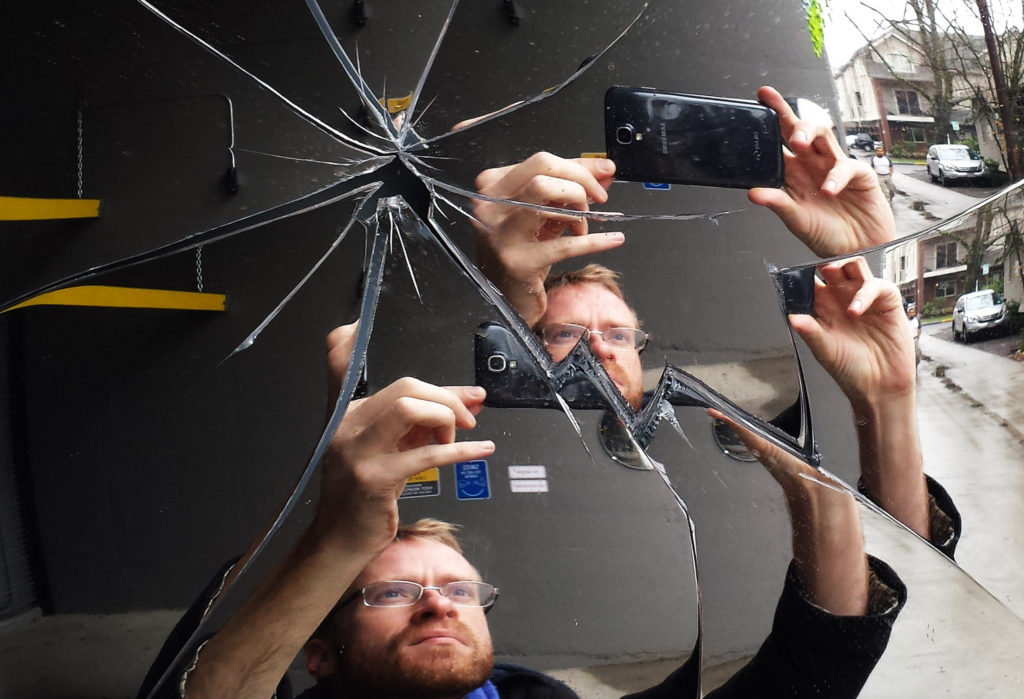In response to what has been termed the “narcissism epidemic” by concerned parties, Wetzel and colleagues (2017) recently set out to compare levels of narcissism among college students across three decades. There has been much debate in recent years surrounding the legitimacy of the widespread belief that college students are increasingly self-absorbed and entitled, and consideration for these patterns has occurred in the form of speculation more so than experimental examination.
Findings from this particular study contradict the popular narrative surrounding narcissism in today’s youth. Results, inconsistent with what researchers had predicted, suggest that there has been a modest decline in rates of college student narcissism according to a comparison of Narcissistic Personality Inventory (NPI) scores from the 1990s, 2000s, and 2010s.
Further, Wetzel and a team of researchers investigated dimensions of NPI results previously overlooked in the literature beyond total scores and extending to vanity, leadership, and entitlement. Declines across these facets occurred between the 1990s and 2000s, persisted between the 2000s and 2010s, and were consistent across male and female participants.
“The present study evaluated the claim that the United States faces a narcissism epidemic among young people, with dramatically rising rates of narcissism occurring over the past few decades. Contrary to this claim, we found evidence that narcissism levels have been slowly declining from the 1990s to the 2010s.”

Self-centeredness and excessive self-absorption are key features of narcissism and traits that have been attributed (arguably, unfairly) to the current generation of college students. Justifications for the hypothesized increase in narcissism cited in past research include “child-centric” parenting practices that prioritize self-esteem over academic achievement, and socioeconomic factors such as the period of economic prosperity in the US that preceded the recession in 2008.
The excitement surrounding the concept of a narcissism epidemic among adolescents has gained traction in recent years. Momentum precipitating scholarly exploration of this topic has been achieved through media discourse suggesting that millennials are self-absorbed. This phenomenon is fascinating in that some of the affordances millennials have been widely criticized for enjoying (e.g., trophies for every accomplishment), represent byproducts of decisions made by the adults who raised them.
“Despite consistent claims that the cultural climate has shifted fundamentally toward fostering narcissism, the extant empirical research is contradictory,” the researchers write.
Although prior research has explored narcissism among children and adolescents, some of the limitations of this body of work have been lack of consideration as to whether the NPI or other similar tools measure the same construct across cohorts, failure to account for the multiple components of the construct beyond a total score generated through evaluation, and failure to consider the demographic composition of samples evaluated.
Wetzel endeavored to account for a number of the limitations listed above by investigating the multipronged nature of NPI results, exploring shifts in subscores as well as global score, and by stratifying scores by demographic variables (race and gender) in separate analyses to examine the role of both variables on patterns across cohorts. Acknowledging psychometric limitations to the NPI, researchers elected to use NPI scores as a reflection of narcissism due to its overall popularity.
Researchers analyzed a pre-existing, robust dataset of the NPI scores of three sets of college students aged 18 to 24 (belonging to three separate universities) that had been collected over the course of three decades. They first examined the factor structure of the NPI through exploratory factor analysis and continued to compare latent mean differences in scores between cohorts over time.
The report concludes with a cogent synthesis of findings, outlining six compelling implications:
- “Results are based on a very large sample of students from three different universities.
- The decline was evident both for overall narcissism levels and for the specific facets of leadership, vanity, and entitlement.
- The decline persisted after controlling for measurement non-invariance.
- The decline was continuous over time, indicating that there was no rise in narcissism before purported historical factors such as the recession of 2008.
- The decline held for major ethnic groups and no ethnic group showed the overall increase predicted by proponents of the narcissism epidemic.
- The findings were consistent across men and women.”
Beyond the results highlighted above, consideration for differences between responses to specific items in the tool is considered in the discussion portion of the publication.
Moving forward, replication or similar research comparing alternative tools may serve to broaden our picture of narcissism as it occurs across generations and its relationship to more nuanced demographic factors.
Considering the current political climate and between-group differences that have become pronounced socially, politically, generationally, etc., the fixation on narcissism where it may not be problematic represents something of a red herring. Suffice it to say that perhaps the kids are, in fact, just fine.
****
Wetzel, E., Brown, A., Hill, P. L., Chung, J. M., Robins, R. W., & Roberts, B. W. (2017). The Narcissism Epidemic Is Dead; Long Live the Narcissism Epidemic. Psychological Science (Link)















Oh, so now we have another epidemic? Just like the epidemic of ADHD? and childhood bi-polar? When are we going to stop believing anything that comes out of the mouths of psychiatric associations and drug companies? Why is it that all of these supposed things only appear in the past 100 years? ADHD didn’t even exist until the 1980’s and then everyone and their sister turned up with it! Somehow I don’t believe that we have all kinds of narcissists running around all over the place all of a sudden. Psychiatry and the drug companies try to pathologize everything found in normal human living so that they can profit from it in one way or another.
Report comment
Millennials are Killing Narcissism.
Report comment
Actually I met some fairly narcissistic Millennials. The ones I’ve met get pissed off if you don’t let them do what you want. One of them was my niece’s boyfriend.
Report comment
Who says he’s a narcissist? Maybe he’s just a selfish, bratty jerk. No psycho babble needed.
Report comment
I’m never sure when someone calls someone a narcissist its not just them. can be a pretty subjective word- and in a way you’ve got varying degrees — or a healthy ego in one family, could be narcissism in another- or nothing in an-others, compared to their version- of what that is- then people who like a healthy ego- and people who don’t- or not that one, people who see it as- people who don’t- im never sure about it- but horrible word- im sure about that- id rather they were just called what they’ve always been called- ego trippers.. at least we all knew what we were thinking- looking at. Nice article Sadie- seems like they pretty much work it out as they grow- as people avoid them- the pennies drop- great article- the mirror picture was cool, it made, me, see our reflection going out to our kids – we started it- well I know I did- fonzie probably helped me a bit- 🙂 anyway, now we’ve got to watch it in our youth without the same grounding of a time we had- all alien- lets call it- Narcissism. feels a bit like that too.. does feel like they/ some- have taken it up a rung or two, though. Like ego trippers on steroids or something. :-). Just gotta hope they don’t get stuck there hey. Hope their just trying it on to see if it fits, and if they wear it, they grow out of it.
Report comment